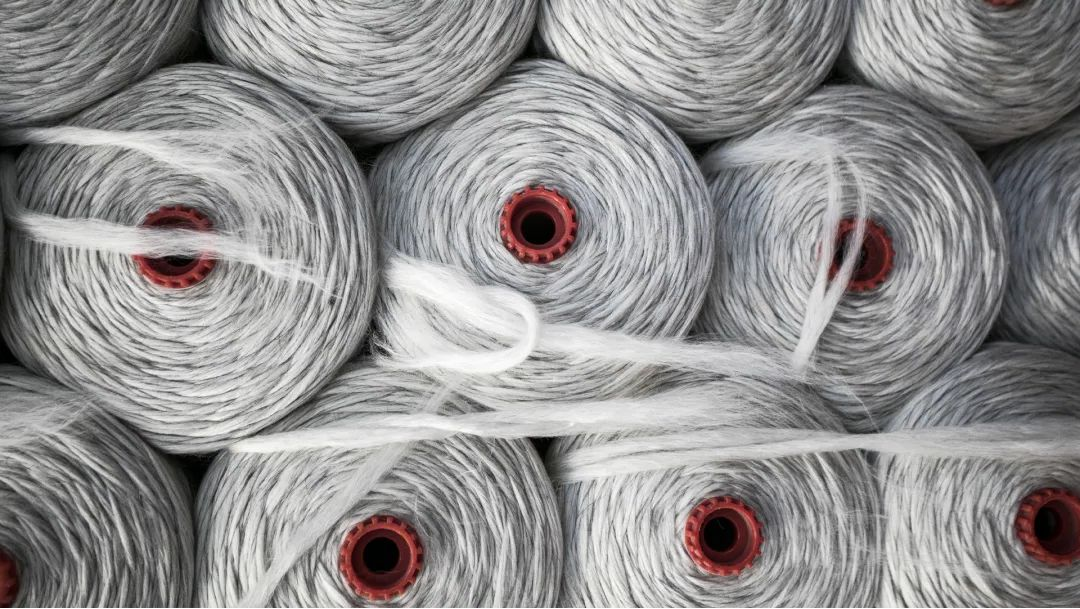No fibers are lost! Innovative recycling process for polyester-cotton blends
2023-08-18
No fibers are lost! Innovative recycling process for polyester-cotton blendsPolyester fiber is the most widely used textile fiber in the world, with an annual output of about 60 million tons. Polyester fibers are not biodegradable and are harmful to the environment. Especially blended fabrics, such as cotton and polyester blends, are difficult to separate and recycle industrially. Recycling polyester is therefore a great challenge, especially in the process of separating polyester fibers from cotton fibers without losing either fiber. Traditional recycling methods often prioritize preserving the plastic component, resulting in a loss of cotton fibers. But these recycling methods are costly, complex, and generate metal waste using metal catalysts, which can be toxic and contaminate the process.
The University of Copenhagen has invented a green and innovative solution. During this process, hartshorn salt, also known as ammonium carbonate, can be broken down into ammonia, carbon dioxide and water. The combination of ammonia and carbon dioxide acts as a catalyst, triggering a selective depolymerization reaction that breaks down the polyester while preserving the cotton fibers. While ammonia is toxic when used alone, it becomes environmentally friendly and safe when combined with carbon dioxide. Due to the mild nature of the chemicals involved, the cotton fibers are intact and in excellent condition.
Previously, the same research group also demonstrated that carbon dioxide can act as a catalyst for breaking down polyamides without leaving any traces. This discovery inspired them to continue to explore the uses of ammonium carbonate. The researchers were pleasantly surprised when their simple recipe yielded successful results. They cut a polyester garment into small pieces and put them in a container. Then, a small amount of mild solvent was added, followed by ammonium carbonate, heated to 160°C and left for 24 hours. As a result, the plastic and cotton fibers in the liquid settle into separate layers. This can be said to be a relatively simple and economical process. While the method has so far only been tested at the laboratory level, the researchers have demonstrated its scalability and are in contact with other companies to try to use the method on an industrial scale.




